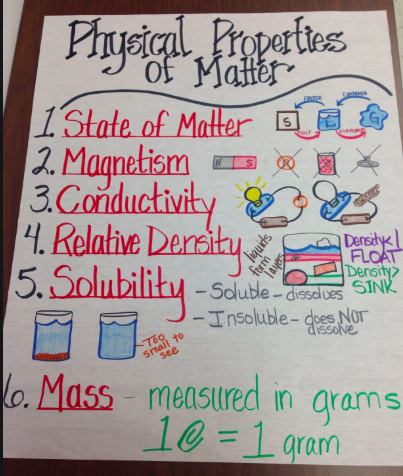The realm of atomic physics presents a fascinating tapestry woven from myriad elements and their intricate interactions. What, one might ponder, truly determines the physical properties of an atom? This inquiry beckons with playful curiosity, challenging us to dissect the elemental composition and interactions that manifest as the characteristics of matter. At the nucleus of this discussion lies the interplay of fundamental particles—protons, neutrons, and electrons—and the forces governing their behavior.
To embark on this exploration, we must first delineate the essential components of an atom. The structure consists primarily of a nucleus, housing protons and neutrons, surrounded by a cloud of electrons. The number of protons defines the atomic number and, by extension, the chemical identity of the element. It is this atomic number that fundamentally influences the atom’s physical properties, including mass, charge, and the manner in which it engages in bonding with other atoms.
Protons, endowed with a positive charge, assert a predominant influence on the overall charge balance of the atom. Their presence dictates the electron configuration, as negatively charged electrons are attracted to the positively charged nucleus. The configuration of these electrons, particularly in the outermost shell, governs an atom’s reactivity and its propensity to form bonds with other atoms. This interplay between protons and electrons epitomizes a fundamental principle: the balance of charges dictates stability and governs interactions.
To further refine our understanding, we delve into the role of neutrons. While neutrons are neutrally charged and do not directly affect the atom’s electrical properties, they are critical in determining the atomic mass and stability of the nucleus. The presence of neutrons can modulate the forces of nuclear attraction; thereby affecting the stability of isotopes. Isotopes, atoms with the same number of protons but varying numbers of neutrons, can exhibit different physical properties, such as differing rates of radioactive decay. Thus, the neutron count intricately shapes the characterization of an element.
Subsequently, we must consider the quantum mechanical principles that underlie atomic behavior. The electrons occupy discrete energy levels or quantum states, which are defined by their wave functions. These wave functions dictate the probability distributions of electron locations within an atom—a concept that introduces an inherent unpredictability into atomic structure. It is within these confines of quantum mechanics that we uncover phenomena such as electron affinity and ionization energy. Such properties are essential in determining how readily an atom can acquire or lose electrons, thus influencing its chemical reactivity and the nature of the bonds it can forge.
The intricacy of atomic interactions does not merely stop at individual atoms. The collective behavior of atoms within a molecule or solid can introduce emergent properties that are not evident when considering isolated atoms. For instance, the physical properties of substances, including boiling points, melting points, and solubility, emerge from the types of intermolecular forces at play—such as ionic, covalent, and Van der Waals forces. These forces are inherently linked to the arrangement of electrons and the nature of atomic bonds, elucidating how atomic characteristics can culminate in macroscopic phenomena.
We find that periodic trends also come into play when examining the physical properties of atoms. The periodic table is a systematic representation of the elements, categorized in a manner that reveals periodicity in elemental properties. As one traverses from left to right across a period, atomic size diminishes due to increased nuclear charge—a compelling testament to the influence of protons on electron behavior. Conversely, as one moves down a group, atomic size escalates due to the addition of electron shells, which introduces new considerations regarding shielding effects and atomic reactivity.
The impact of temperature and pressure on atomic behavior cannot be overlooked. Under varying thermal conditions, atomic vibrations intensify, influencing solid-state arrangements and phase transitions. This phenomenon dictates whether a material exists as a solid, liquid, or gas, showcasing how atomic interactions can transform under different external conditions. Additionally, high-pressure environments can distort atomic structures, resulting in novel phases and material properties that challenge conventional understanding.
The atomic landscape is further enriched by the influence of external fields—electromagnetic fields, for instance. The movement of charged particles in the presence of such fields can yield changes in energy states, altering an atom’s physical properties and dynamics. This phenomenon undergirds many technologies, showcasing the practical implications of understanding atomic behavior. For example, the manipulation of atomic structures within semiconductors directly underlines the relationship between atomic properties and technological advancement.
In summation, the determination of an atom’s physical properties is a multifaceted endeavor, interweaving the inherent characteristics of its constituent particles with the principles of quantum mechanics and external influences. The challenge posed—what truly decides the nature of an atom?—demands the consideration of both individual atomic structure and collective behavior within materials. Engaging with this question unveils the profound complexities underlying the physical world, inviting further exploration into the very fabric of matter itself.












